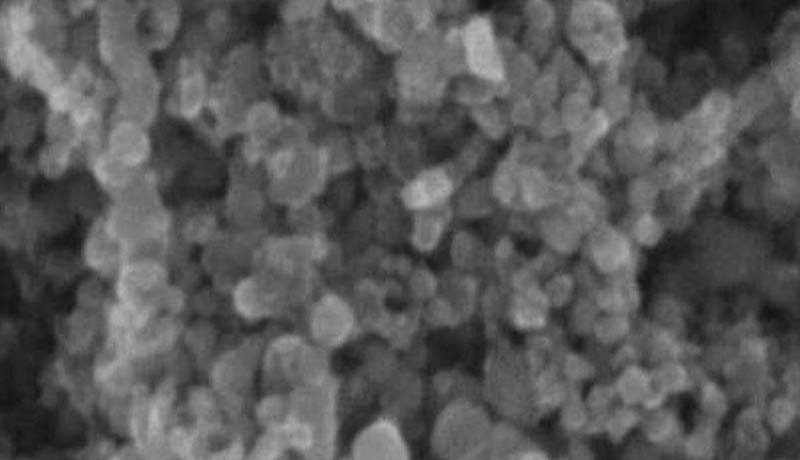Thermoset and thermoplastic materials are both used in a wide range of applications, but they have some significant differences that make them better suited to different types of products and processes. In this blog post, we will explore the characteristics and applications of thermoset and thermoplastic materials, and provide some guidance on how to choose between these two types of materials.
Introduction
Thermoset and thermoplastic materials are both polymers, which are long chains of repeating chemical units called monomers. The primary difference between thermoset and thermoplastic materials is the way in which they are processed and the resulting microstructure of the finished product.
Thermoset materials are crosslinked, meaning that the polymer chains are chemically bonded together in a three-dimensional network. This crosslinking gives thermoset materials high strength and rigidity, as well as good dimensional stability. However, once a thermoset material has been fully cured, it cannot be melted or reshaped, making it difficult to recycle or repurpose.
Thermoplastic materials, on the other hand, are not crosslinked. Instead, the polymer chains are held together by weaker van der Waals forces, which allows the material to be melted and reshaped when heated. This processability makes thermoplastic materials easy to recycle and repurpose, but also means that they are generally less strong and rigid than thermoset materials.
Thermoset Materials
Thermoset materials are a type of polymer that is crosslinked during the curing process, resulting in a three-dimensional network of chemically bonded polymer chains. Some common examples of thermoset materials include epoxy resins, polyurethanes, and silicone rubber.
Thermoset materials have a number of advantageous properties, including:
- High strength and rigidity: The crosslinked structure of thermoset materials gives them high strength and rigidity, making them suitable for use in structural applications such as automotive parts, aircraft components, and construction materials.
- High temperature resistance: The strong chemical bonds in thermoset materials make them resistant to high temperatures, making them suitable for use in high-temperature environments or applications.
- Good dimensional stability: The crosslinked structure of thermoset materials gives them good dimensional stability, meaning that they maintain their shape and size under a wide range of temperature and humidity conditions.
However, thermoset materials also have some limitations, including:
- Poor impact resistance: The crosslinked structure of thermoset materials makes them brittle and prone to cracking or breaking under impact.
- Poor processability: Once a thermoset material has been fully cured, it cannot be melted or reshaped, making it difficult to recycle or repurpose.
Thermoplastic Materials
Thermoplastic materials are a type of polymer that can be melted and reshaped when heated, and then cooled and solidified again to retain their new shape. Some common examples of thermoplastic materials include polyethylene, polypropylene, and polyvinyl chloride (PVC).
Thermoplastic materials have a number of advantageous properties, including:
- Good impact resistance: The ability of thermoplastic materials to deform under stress makes them more resistant to impact than thermoset materials.
- Good processability: The ability to melt and reshape thermoplastic materials makes them easy to recycle and repurpose, and also allows them to be molded into a wide variety of shapes and sizes using injection molding, blow molding, and other plastic forming processes.
- Good dimensional stability:Thermoplastic materials also have good dimensional stability, meaning that they maintain their shape and size under a wide range of temperature and humidity conditions.
- Good temperature resistance: While they are not as resistant to high temperatures as thermoset materials, thermoplastics can still withstand elevated temperatures for short periods of time, making them suitable for use in a range of applications.
However, thermoplastic materials also have some limitations, including:
- Lower strength and rigidity: The weaker van der Waals forces that hold the polymer chains together in thermoplastic materials make them generally less strong and rigid than thermoset materials.
Applications of Thermoset and Thermoplastic Materials
Thermoset and thermoplastic materials are used in a wide range of applications, depending on their unique properties and processing characteristics.
Some common applications for thermoset materials include:
- Adhesives: The high strength and rigidity of thermoset materials make them well suited for use as adhesives, as they can provide strong, permanent bonds between different materials.
- Coatings: The good dimensional stability and chemical resistance of thermoset materials make them suitable for use as coatings on a variety of surfaces, including metals, plastics, and wood.
- Electrical insulation: The high temperature resistance and good dimensional stability of thermoset materials make them suitable for use as electrical insulators in a variety of applications.
Some common applications for thermoplastic materials include:
- Packaging: The processability and good impact resistance of thermoplastic materials make them suitable for use in a wide range of packaging applications, including food packaging, consumer product packaging, and industrial packaging.
- Automotive parts: The good impact resistance and processability of thermoplastic materials make them suitable for use in the manufacture of automotive parts, including bumper covers, fenders, and fuel tanks.
- Construction materials: The good impact resistance and processability of thermoplastic materials make them suitable for use in a variety of construction applications, including pipes, roofing membranes, and window profiles.
Comparison of Thermoset and Thermoplastic Materials
When choosing between thermoset and thermoplastic materials for a specific application, there are a number of factors to consider, including:
- Strength and rigidity: If high strength and rigidity are required, thermoset materials may be the better choice. However, if lower strength and rigidity are sufficient, thermoplastic materials may be a more cost-effective option.
- Temperature resistance: If the application requires high temperature resistance, thermoset materials may be the better choice. However, if lower temperature resistance is sufficient, thermoplastic materials may be a more cost-effective option.
- Processability: If the ability to melt and reshape the material is important, thermoplastic materials may be the better choice. However, if the material needs to retain its shape and strength over a long period of time, thermoset materials may be a better option.
- Impact resistance: If good impact resistance is required, thermoplastic materials may be the better choice. However, if lower impact resistance is sufficient, thermoset materials may be a more cost-effective option.
- Dimensional stability: Both thermoset and thermoplastic materials have good dimensional stability, so this factor may not be as important in making a choice between the two.
Conclusion
Thermoset and thermoplastic materials are both useful polymers with a wide range of applications, but they have some significant differences that make them better suited to different types of products and processes. Thermoset materials are crosslinked, giving them high strength and rigidity, as well as good dimensional stability and high temperature resistance. However, they are brittle and have poor impact resistance, and once they are fully cured, they cannot be melted or reshaped.
Thermoplastic materials, on the other hand, are not crosslinked, which allows them to be melted and reshaped when heated. This processability makes them easy to recycle and repurpose, but also means that they are generally less strong and rigid than thermoset materials. They have good impact resistance, good dimensional stability, and good temperature resistance, but they may not be suitable for use in high-temperature environments or applications that require high strength and rigidity.
When choosing between thermoset and thermoplastic materials for a specific application, it is important to consider the unique properties and processing characteristics of each type of material, as well as the specific requirements of the application. By taking into account the strengths and weaknesses of each type of material, it is possible to make an informed decision about which material is the best fit for a given application.



